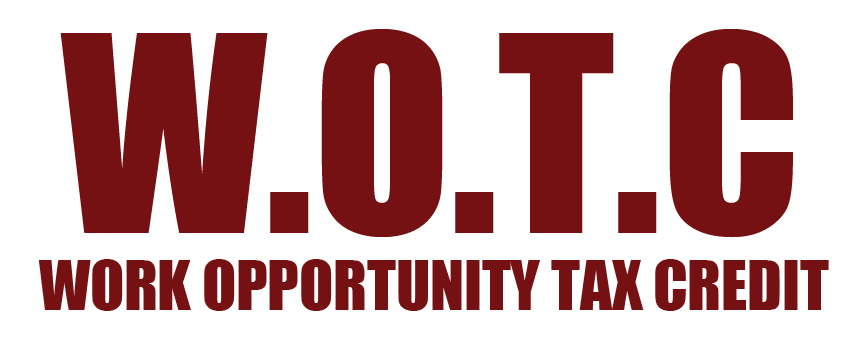Income Tax
Employers Get More Time To Comply With Work Opportunity Tax Credit
The IRS is giving employers three additional months to comply with the rules for claiming the Work Opportunity Tax Credit (WOTC). The WOTC is available to employers who hire workers any one of several “target” groups.
Jun. 28, 2016

The IRS is giving employers three additional months to comply with the rules for claiming the Work Opportunity Tax Credit (WOTC). The WOTC is available to employers who hire workers any one of several “target” groups.
The WOTC has expired and been extended numerous times, most recently by the Protecting Americans from Tax Hikes (PATH) Act. Under the PATH Act, the WOTC is available for qualified new-hires going back to 2015 and forward through 2019. Generally, the credit for an employee working at least 10 hours is equal to 25 percent of first-year wages up to $6,000 for a maximum credit of $1,500. For an employee working at least 400 hours, the credit is equal to 40 percent of first-year wages up to $6,000 for a maximum credit of $2,400.
[This is part of a series on fringe benefits by our resident tax expert, Ken Berry, J.D., on the “sweet 16” fringe benefits on the books for 2016.]
Prior to the PATH Act, the list of target groups included the following:
- Unemployed Veterans (including disabled veterans)
- Temporary Assistance for Needy Families (TANF) Recipients
- Food Stamp (SNAP) Recipients
- Designated Community Residents (living in Empowerment Zones or Rural Renewal Counties)
- Vocational Rehabilitation Referred Individuals
- Ex-Felons
- Supplemental Security Income Recipients
- Summer Youth Employees (living in Empowerment Zones)
The PATH Act also established a new target group of long-term unemployment recipients. These “long-term unemployment recipients” are defined as individuals who are unemployed for not less than 27 consecutive weeks and who have received unemployment compensation for a period of time under federal or state law. This new category is effective for employees who begin work after December 31, 2015.
An employer must obtain certification that a new-hire is a member of a targeted group by filing Form 8850 (Pre-Screening Notice and Certification Request for the Work Opportunity Credit) with the Department of Labor (DOL). Generally, Form 8850 must be filed within 28 days after the individual begins work.
Initially, the IRS granted employers more time to meet the filing requirements, due to the enactment of the PATH Act late last year (Notice 2016-22). Now it is postponing the deadlines a little longer (Notice 2016-40).
- An employer that has hired or hires member of a targeted group (other than qualified long-term unemployment recipients) and who began or begins work after December 31, 2014 and before September 1, 2016 (replacing June 1, 2016), will be considered to have satisfied the requirements if the employer submits the completed Form 8850 to the DOL to request certification no later than August 31, 2016 (replacing June 29, 2016).
- An employer that has hired or hires an individual who is a long-term unemployment recipient and began or begins work after December 31, 2015 and before August 31, 2016 (replacing May 31, 2016), will be considered to have satisfied the requirements if the employer submits the completed IRS Form 8850 to the DLA to request certification no later than September 28, 2016 (replacing June 29, 2016).
The IRS is updating its forms to be consistent with the guidance provided in new Notice 2016-40. Visit the IRS website for more details.
